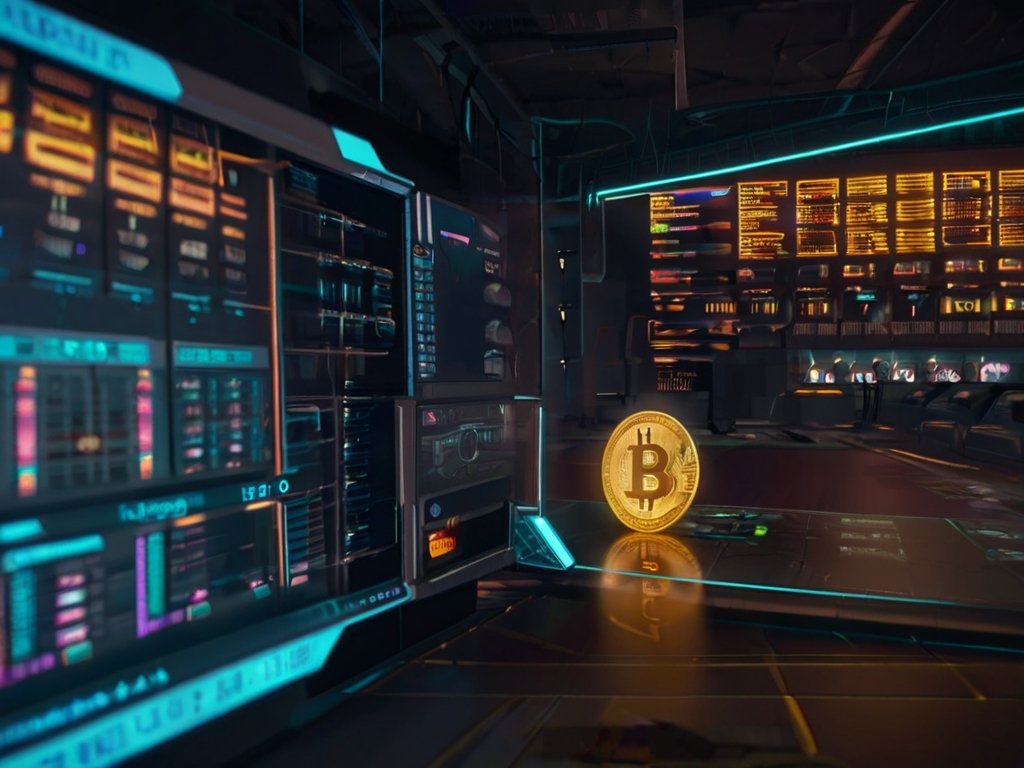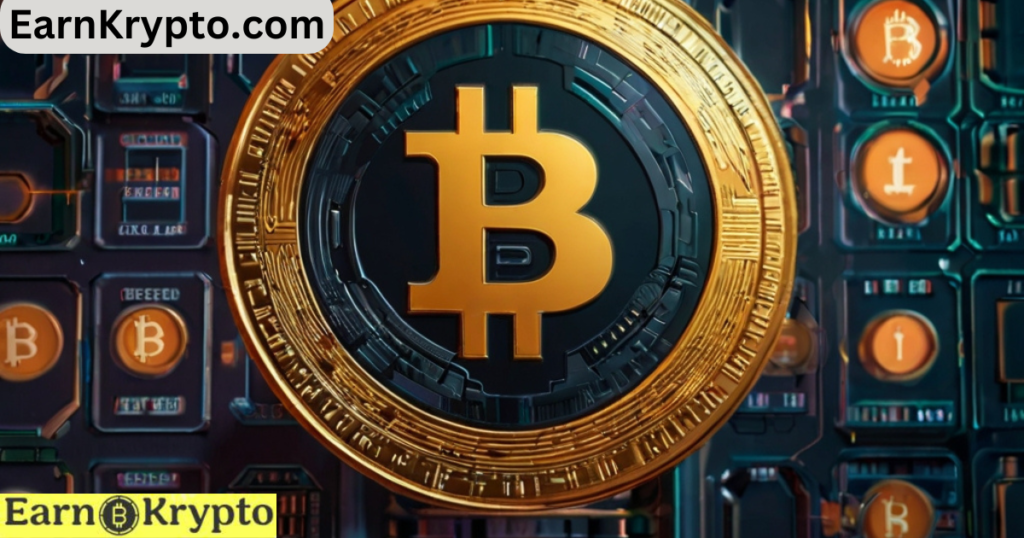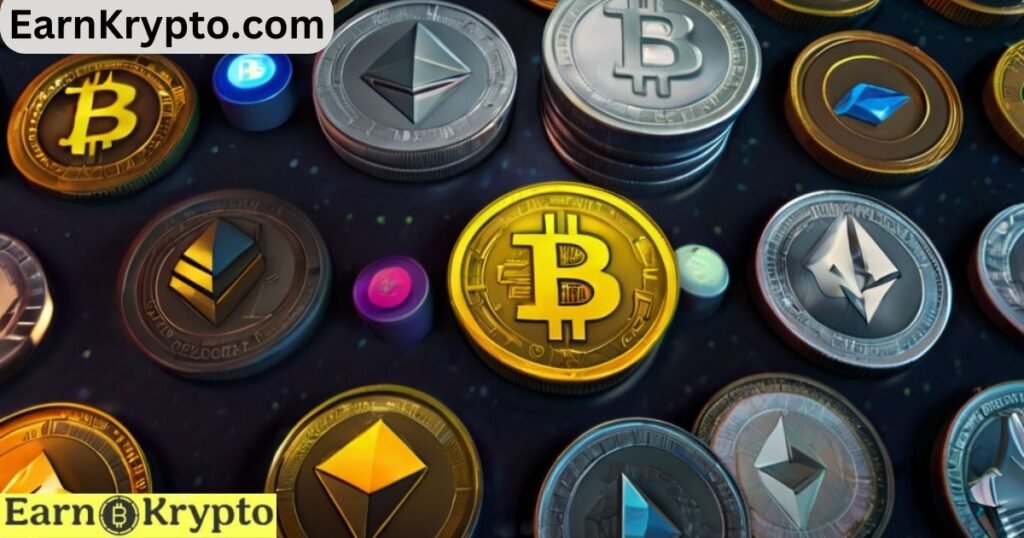The integration of cryptocurrency (“crypto”) into the gaming industry has sparked significant interest and debate. This article serves as an exploration of “cryptocurrency in games,” examining its various applications, potential benefits, drawbacks, and the evolving landscape of crypto-powered gaming experiences.


Demystifying Cryptocurrency in Games:
Concept
Cryptocurrencies are being integrated into gaming in several ways:
In-game currencies:
Some games use crypto tokens as their primary currency, enabling players to purchase items, access features, and potentially trade on secondary markets. For example, The Sandbox utilizes SAND tokens for in-game transactions.
Play-to-earn (P2E) model:
P2E games reward players with cryptocurrency or NFTs for their participation, allowing them to potentially earn real-world value.
Virtual asset ownership:
Blockchain technology enables true ownership of in-game items represented as NFTs, which can hold real-world value. Players have ownership of assets like characters, weapons, or land.
The Role of Blockchain Technology
Blockchain technology enables the integration of cryptocurrency in games by:
Security and transparency:
Ensuring secure and transparent transactions for in-game cryptocurrencies and NFT assets.
Decentralization:
Removing centralized control over in-game economies, potentially empowering players and developers.
Ownership and scarcity:
Facilitating true ownership and verifiable scarcity of in-game digital assets represented as NFTs. For example, Axie Infinity utilizes blockchain to ensure transparent ownership of its unique Axie NFTs.


Exploring the Benefits and Drawbacks
Benefits
Cryptocurrency in games offers several benefits:
Earning potential:
Players can earn cryptocurrency or valuable NFTs through gameplay, providing a new way to monetize gaming experiences.
Ownership and value:
Players own unique in-game items with potential real-world value, creating a sense of ownership and investment.
New revenue streams:
Developers can explore new revenue models through crypto integration, potentially creating sustainable ecosystems.
Drawbacks
However, there are drawbacks to consider:
Volatility:
The value of in-game cryptocurrencies and NFTs can fluctuate significantly, leading to potential financial losses.
High entry barriers:
Some games may require significant upfront investments to participate in P2E mechanics or purchase in-game assets.


Security risks:
The crypto space is still developing and vulnerable to scams and hacks. It’s crucial to be cautious and conduct thorough research before engaging in crypto-related activities within games.
The Future of Crypto in Games
The future of cryptocurrency in games holds several possibilities:
Wider adoption:
Crypto integration may become more widespread across various game genres, reshaping in-game economies and ownership models.
Regulations:
Regulatory frameworks may evolve to address potential risks and ensure responsible development of crypto-powered gaming experiences.
Integration with the metaverse:
Crypto could play a significant role in developing the metaverse, facilitating virtual economies and asset ownership across different platforms.


Conclusion
In conclusion, cryptocurrency in games presents both opportunities and challenges. It’s essential for players and developers to weigh the potential benefits against the risks, conduct thorough research, and approach crypto integration in games with caution and informed decision-making.
